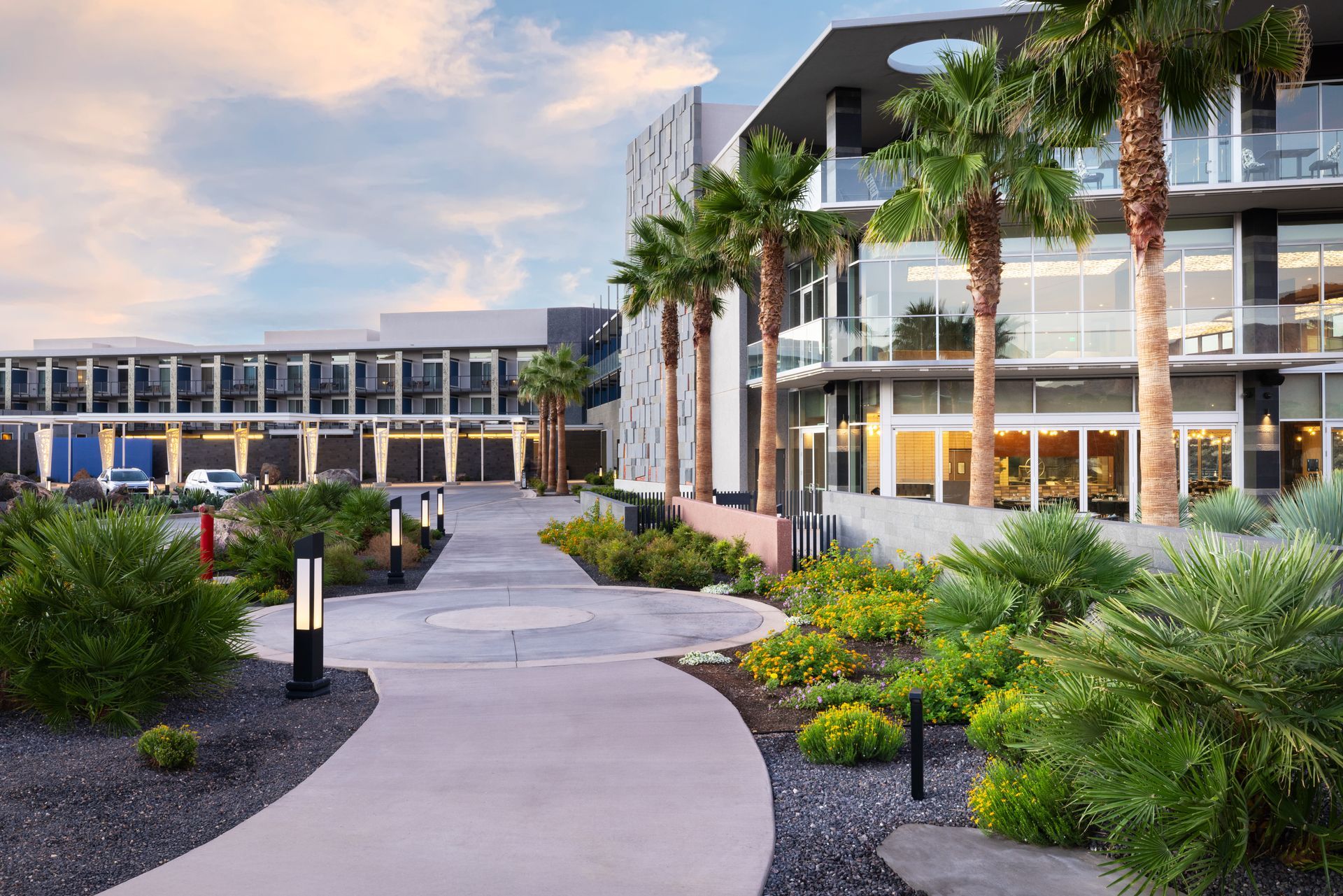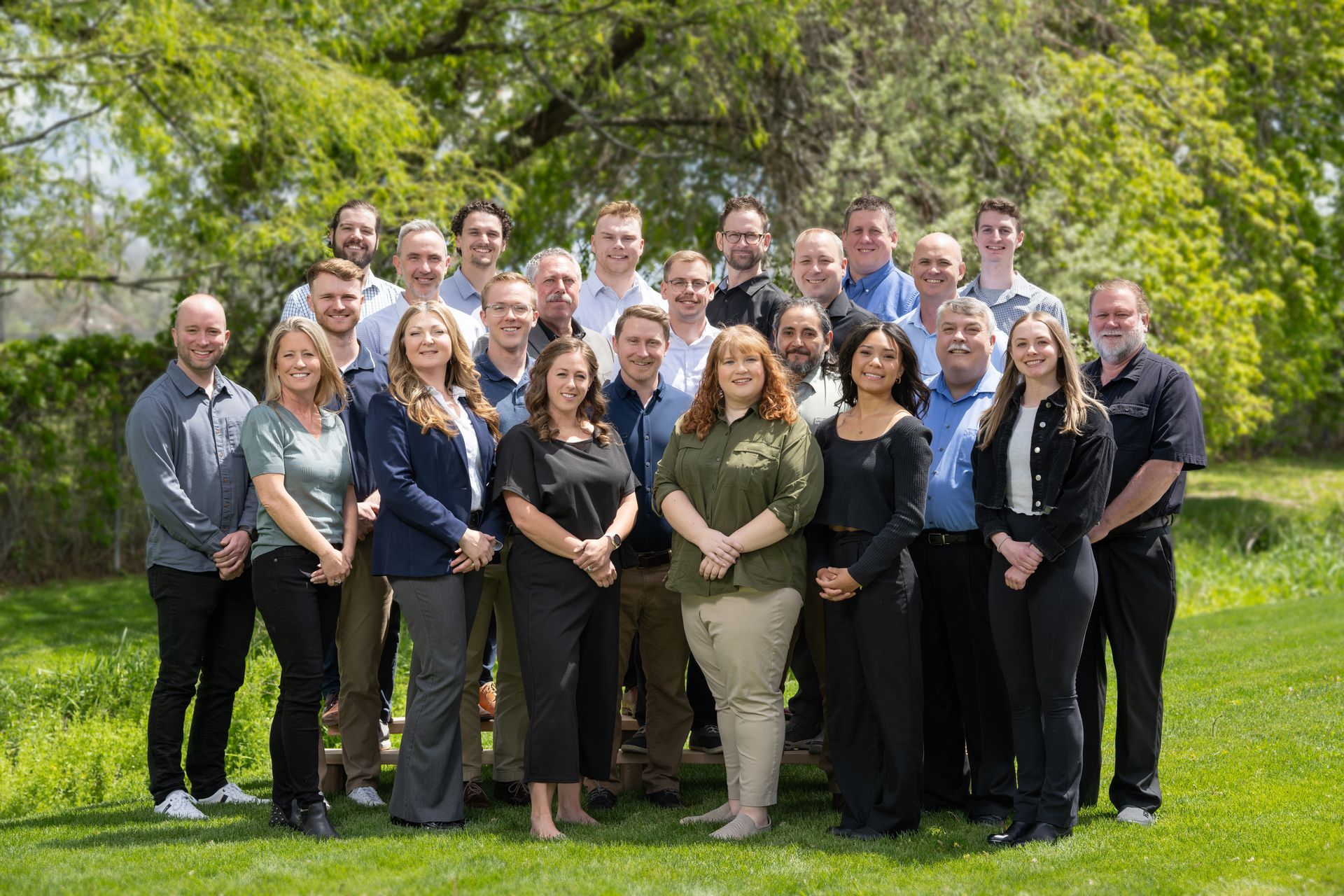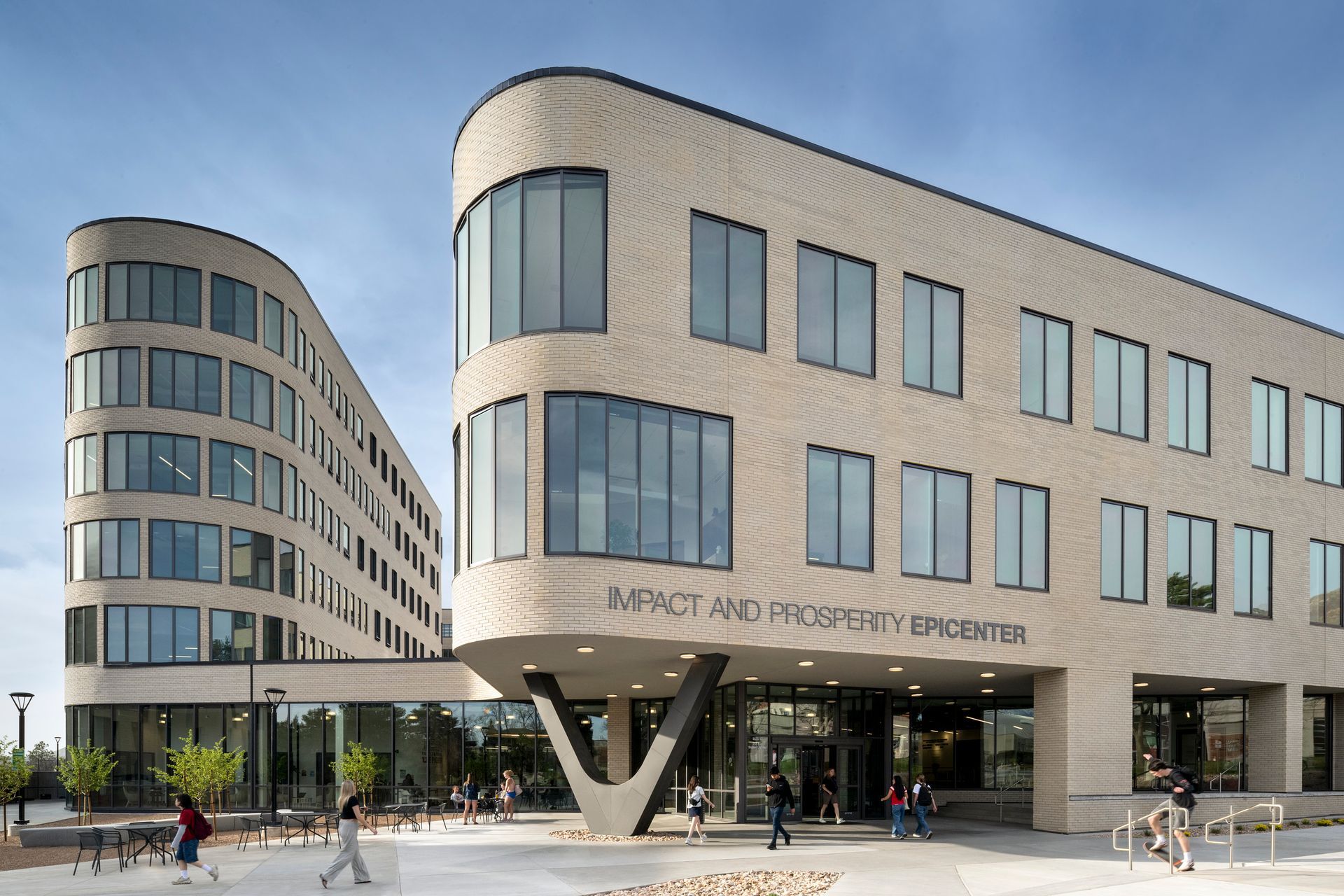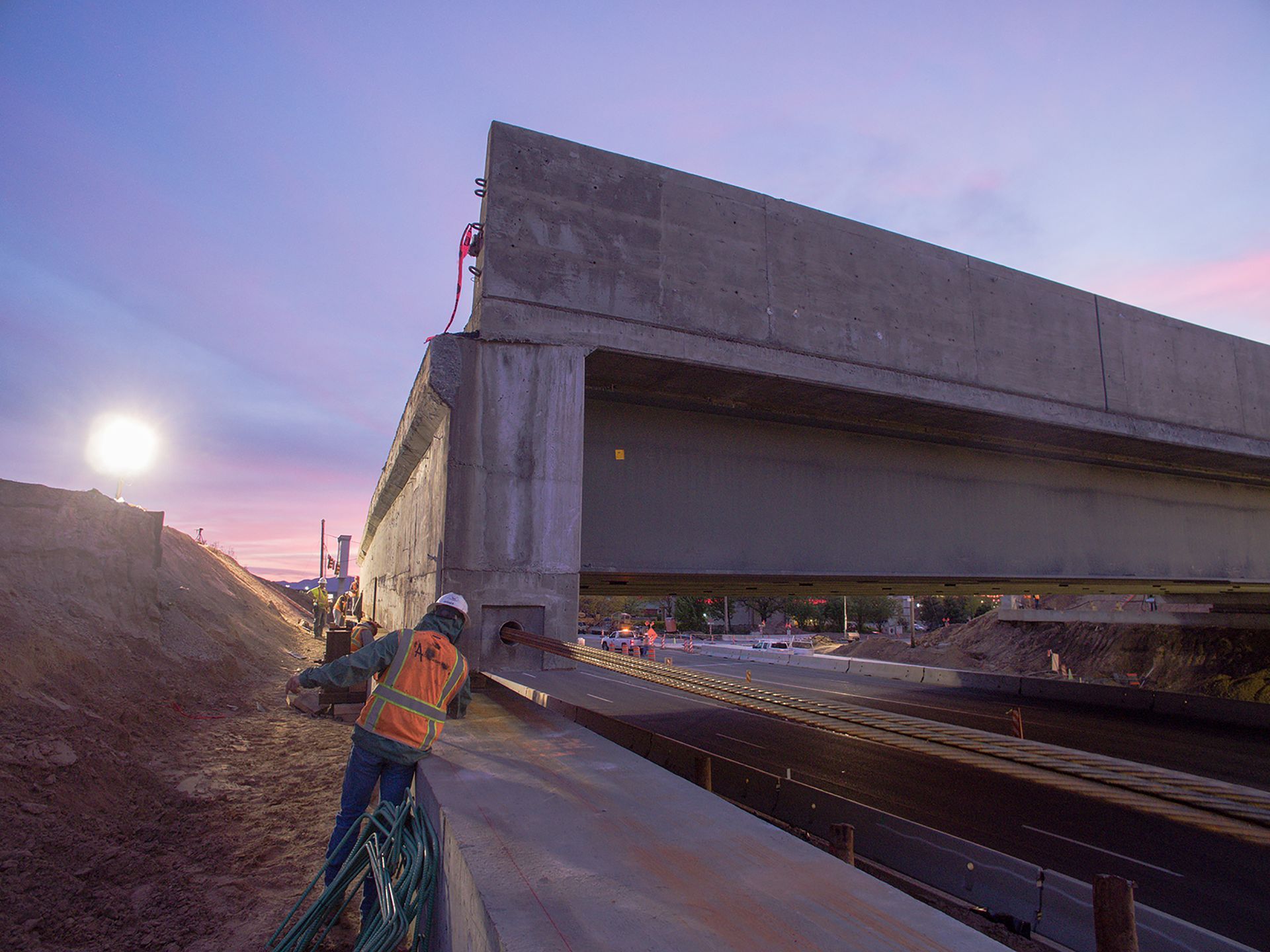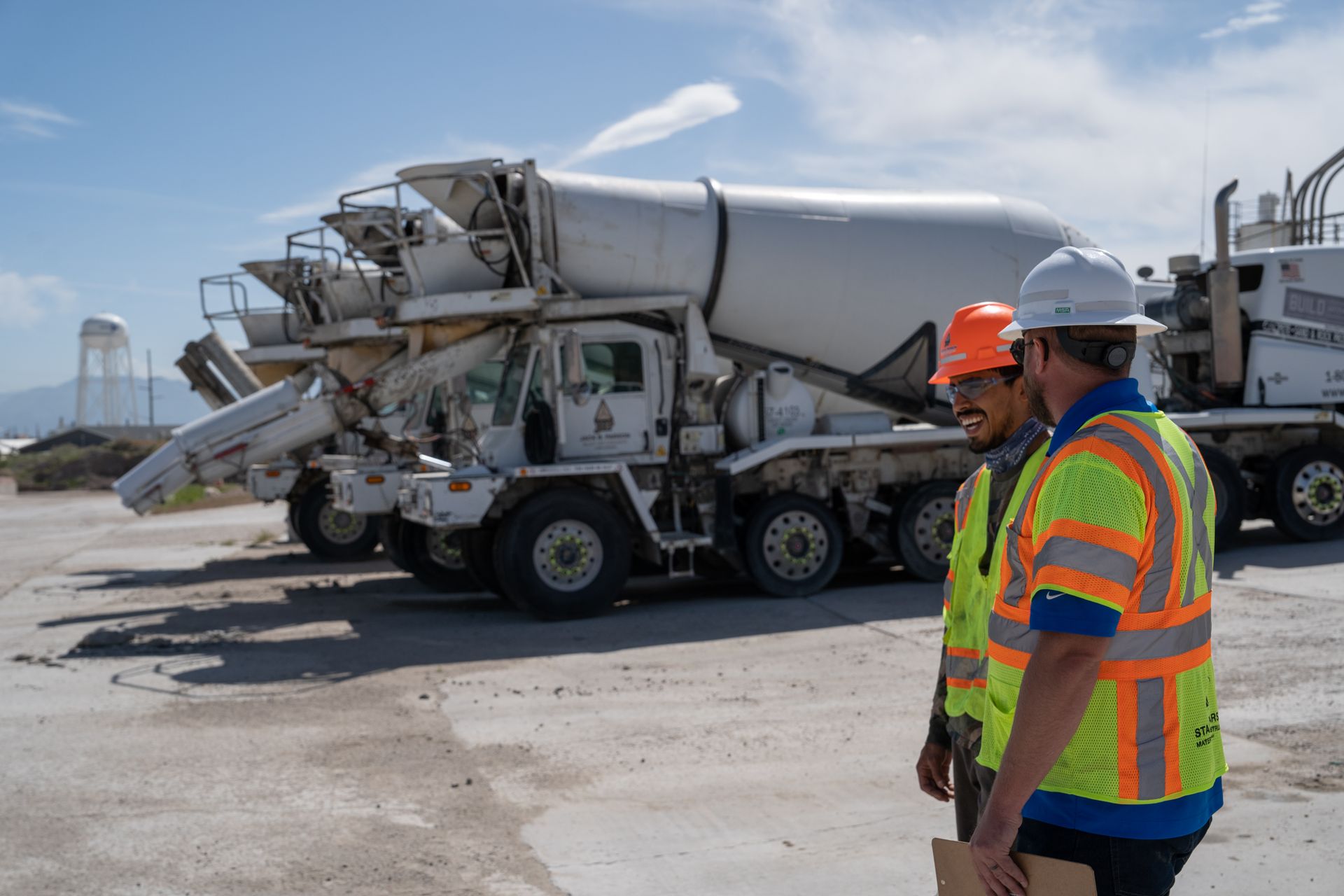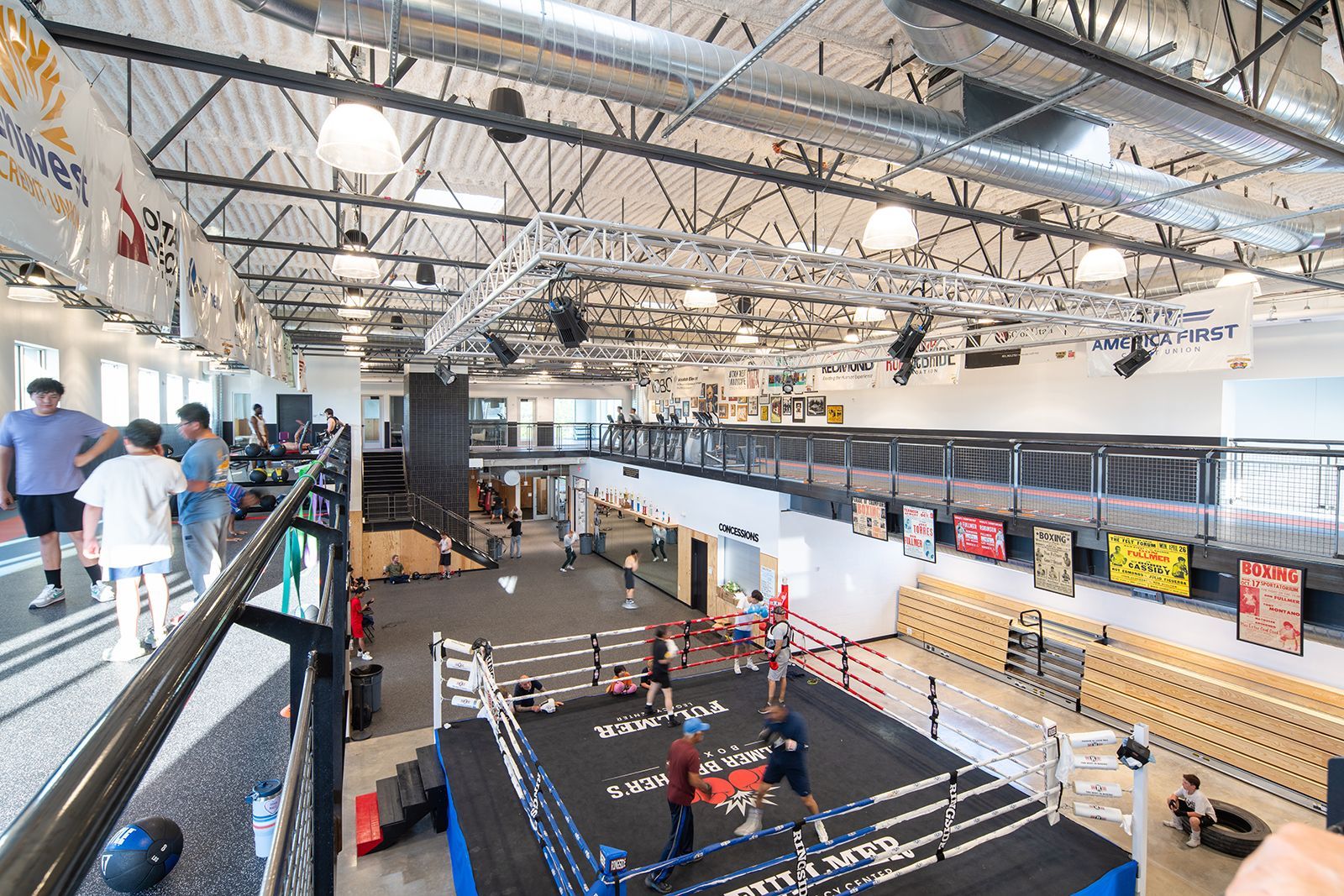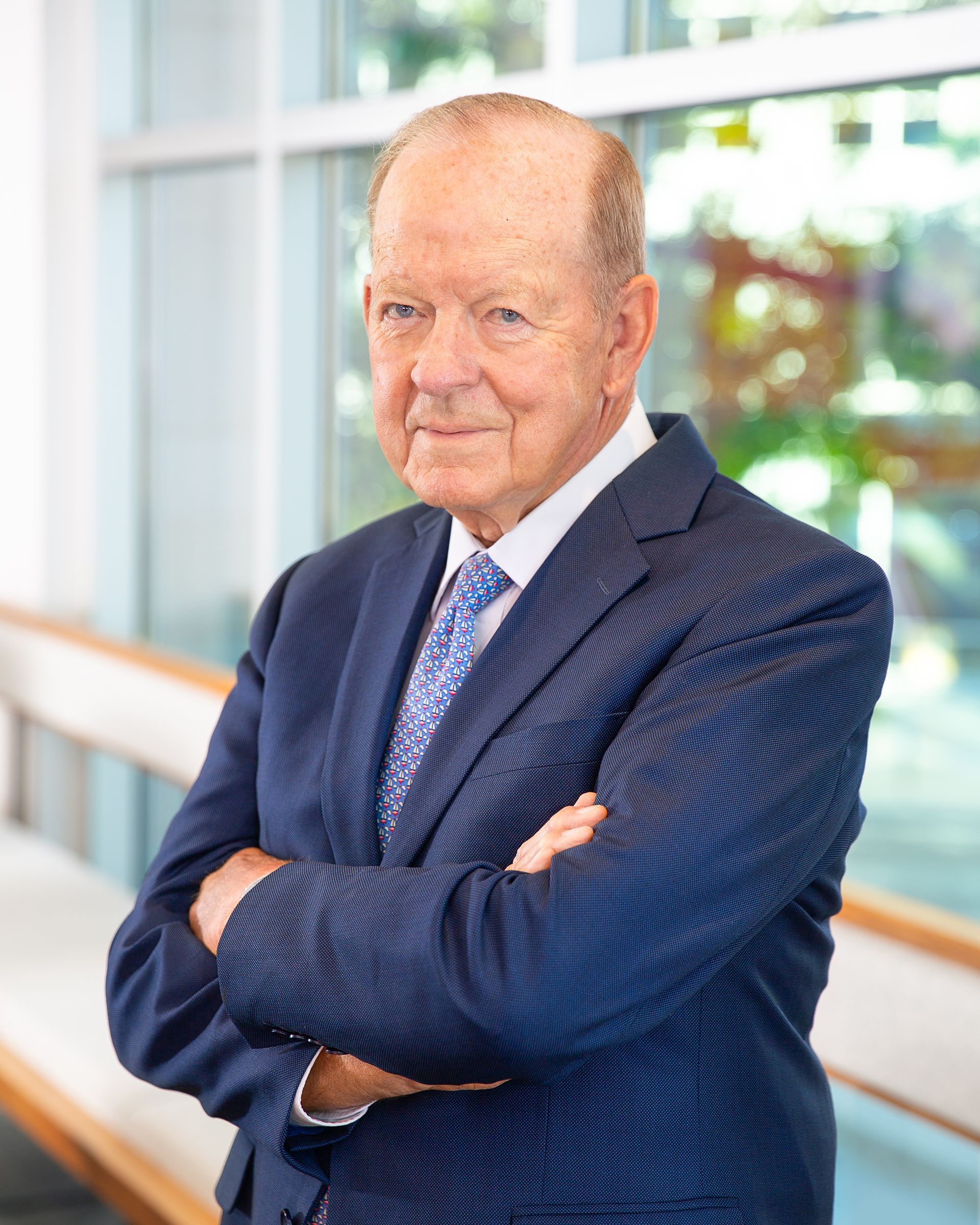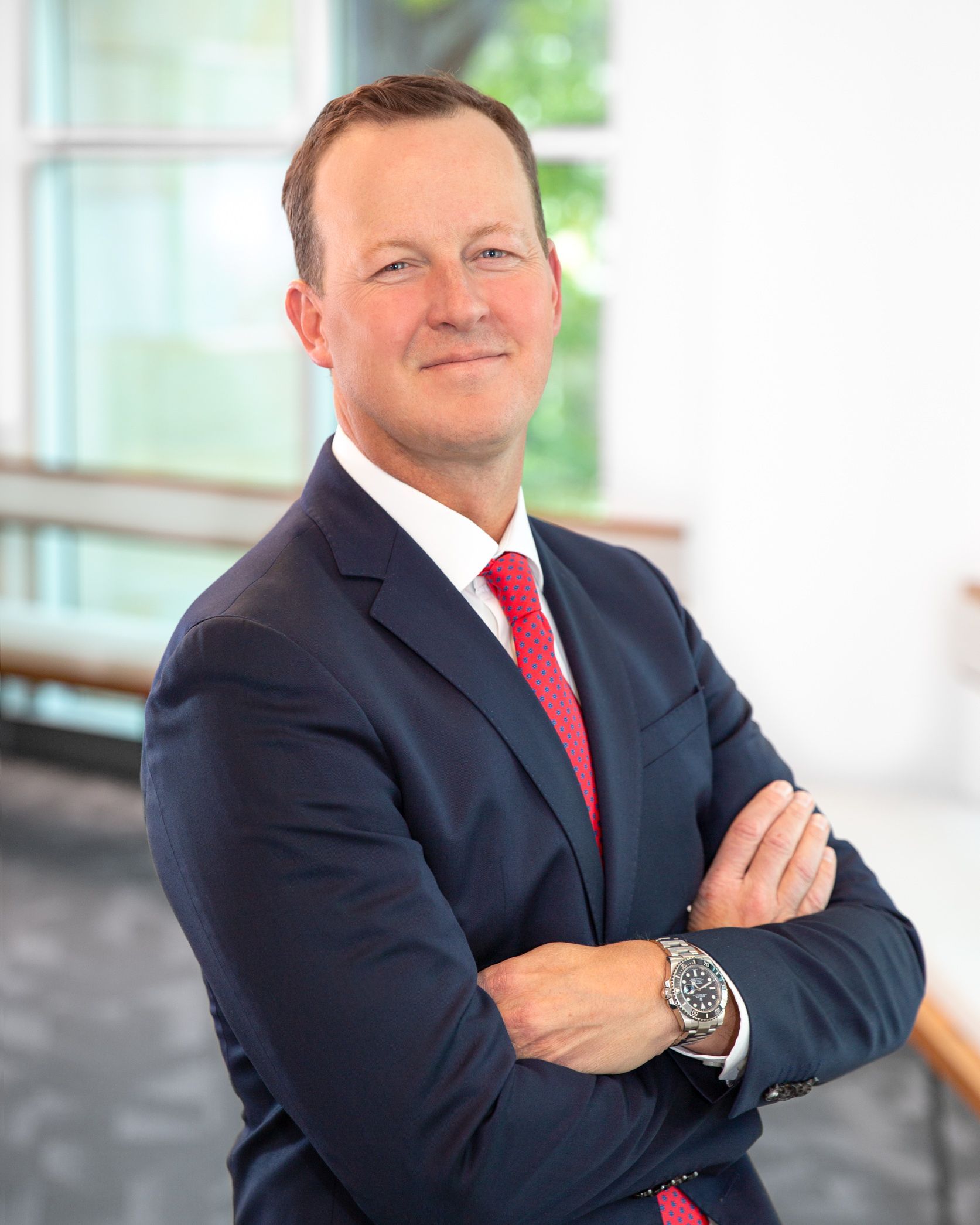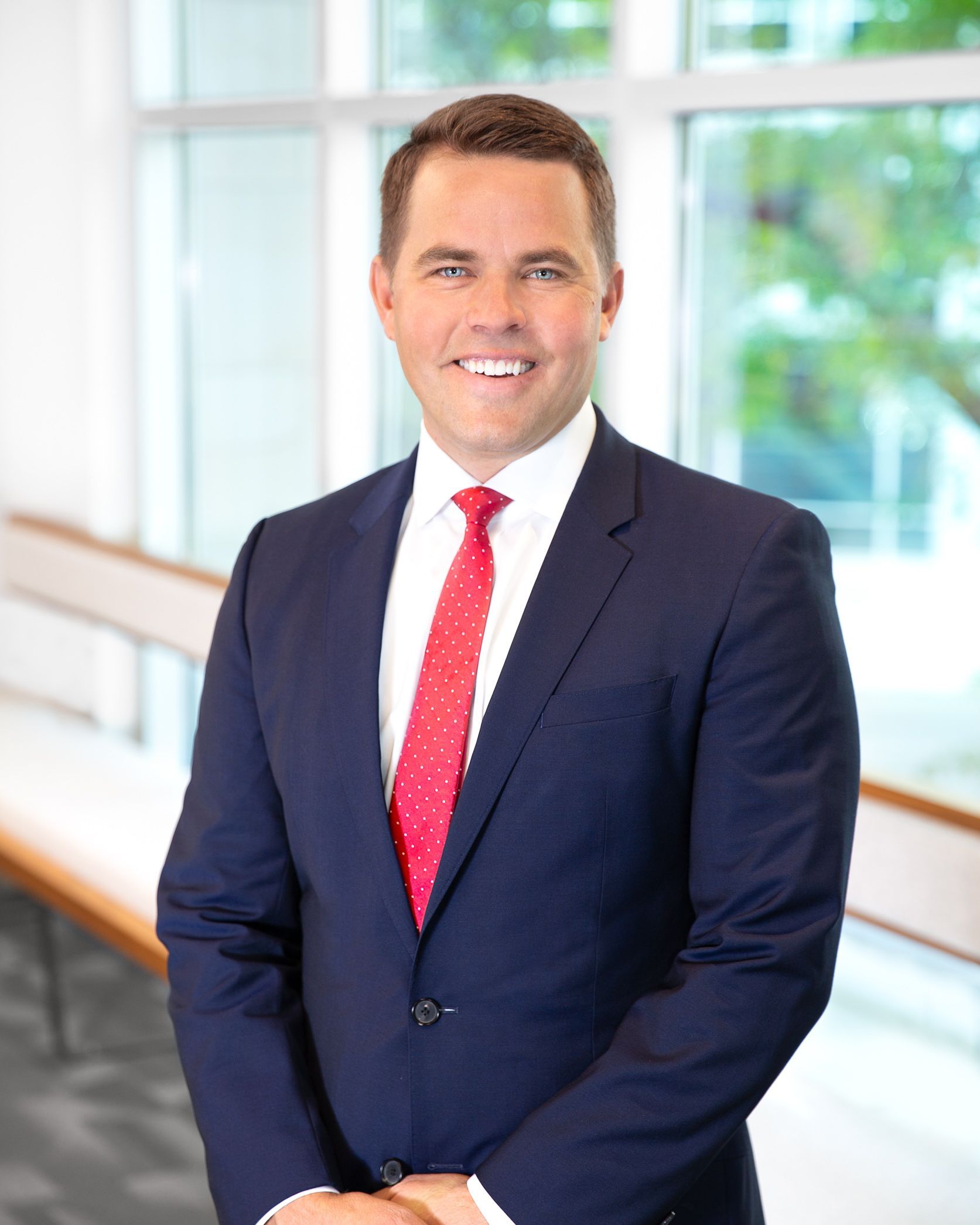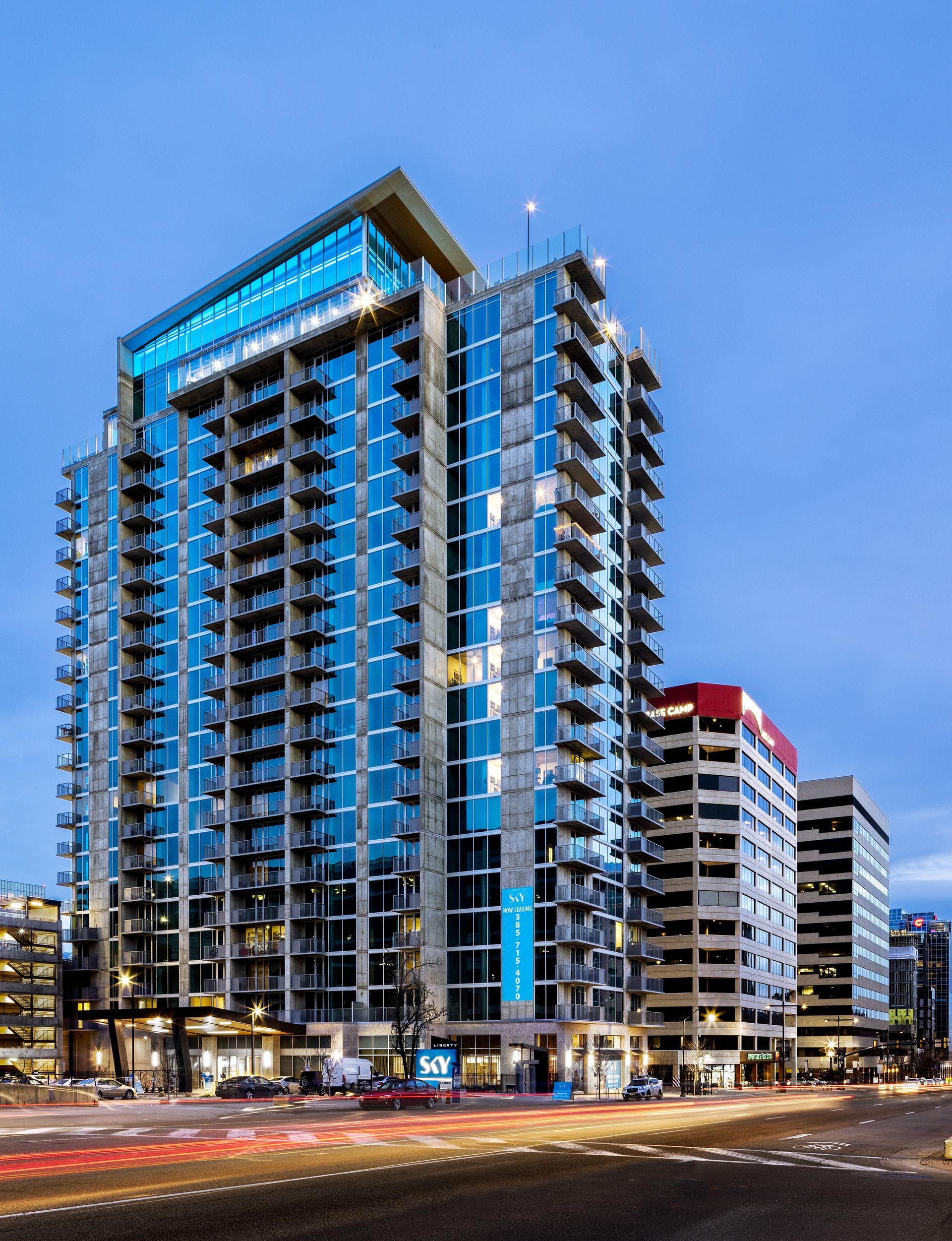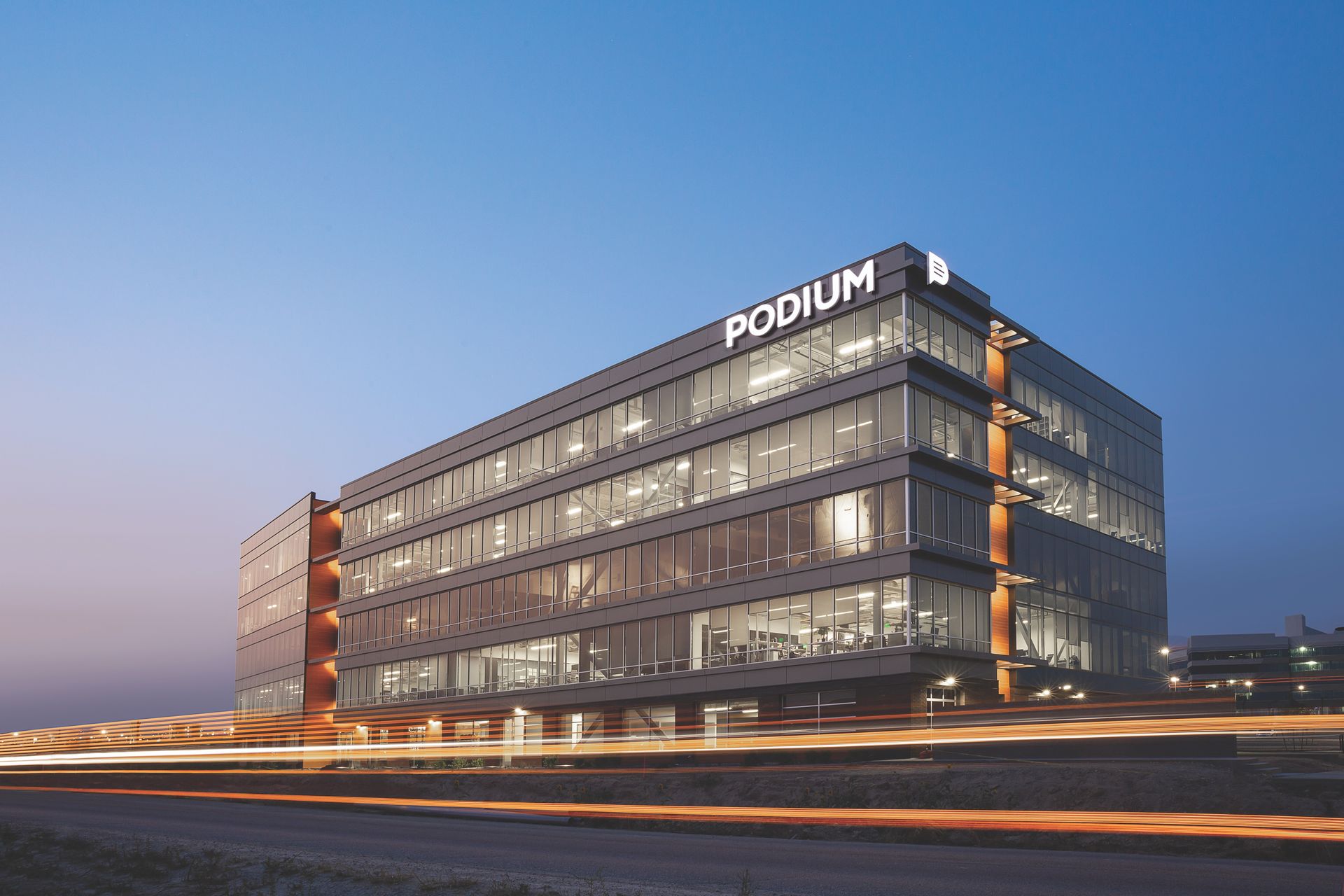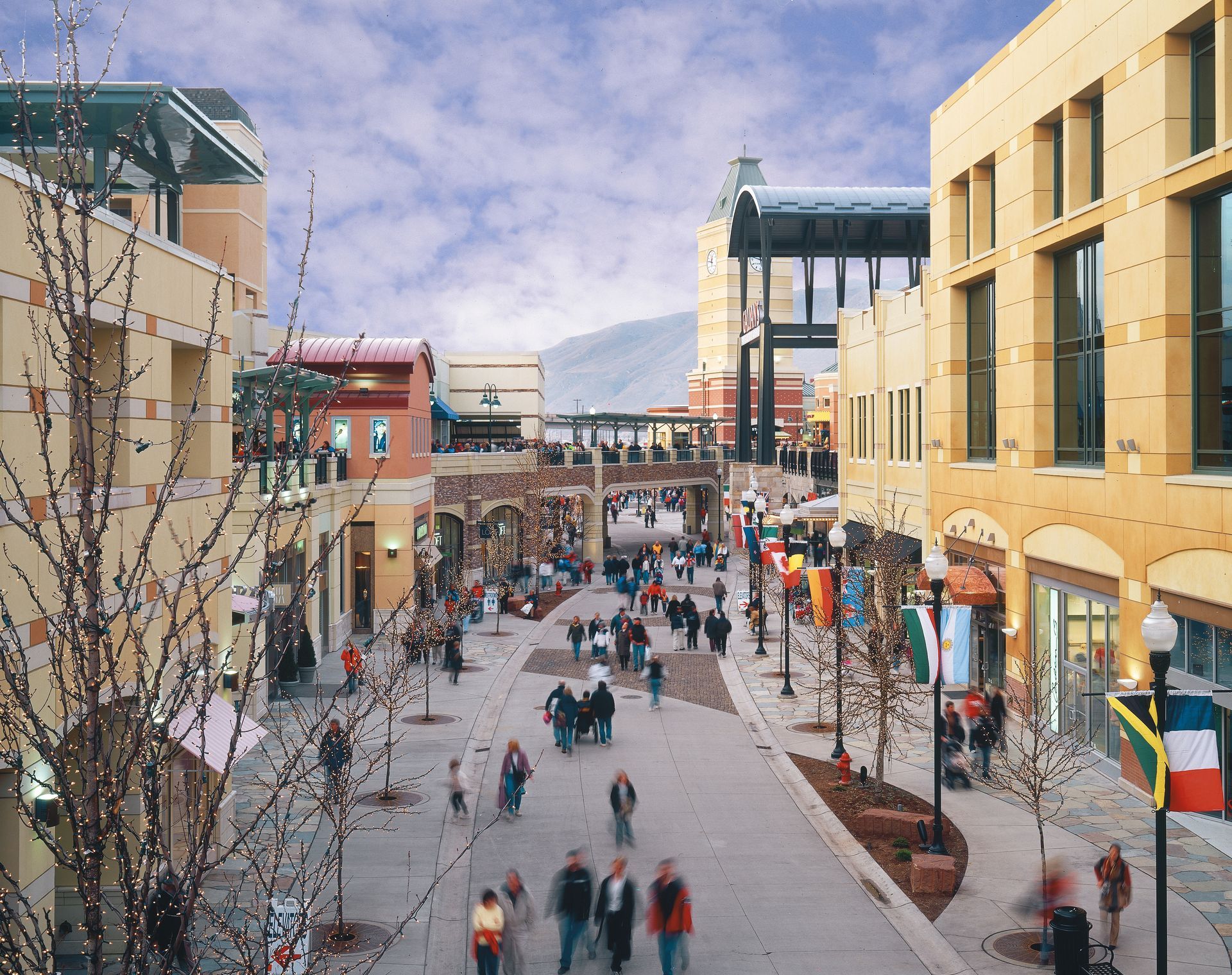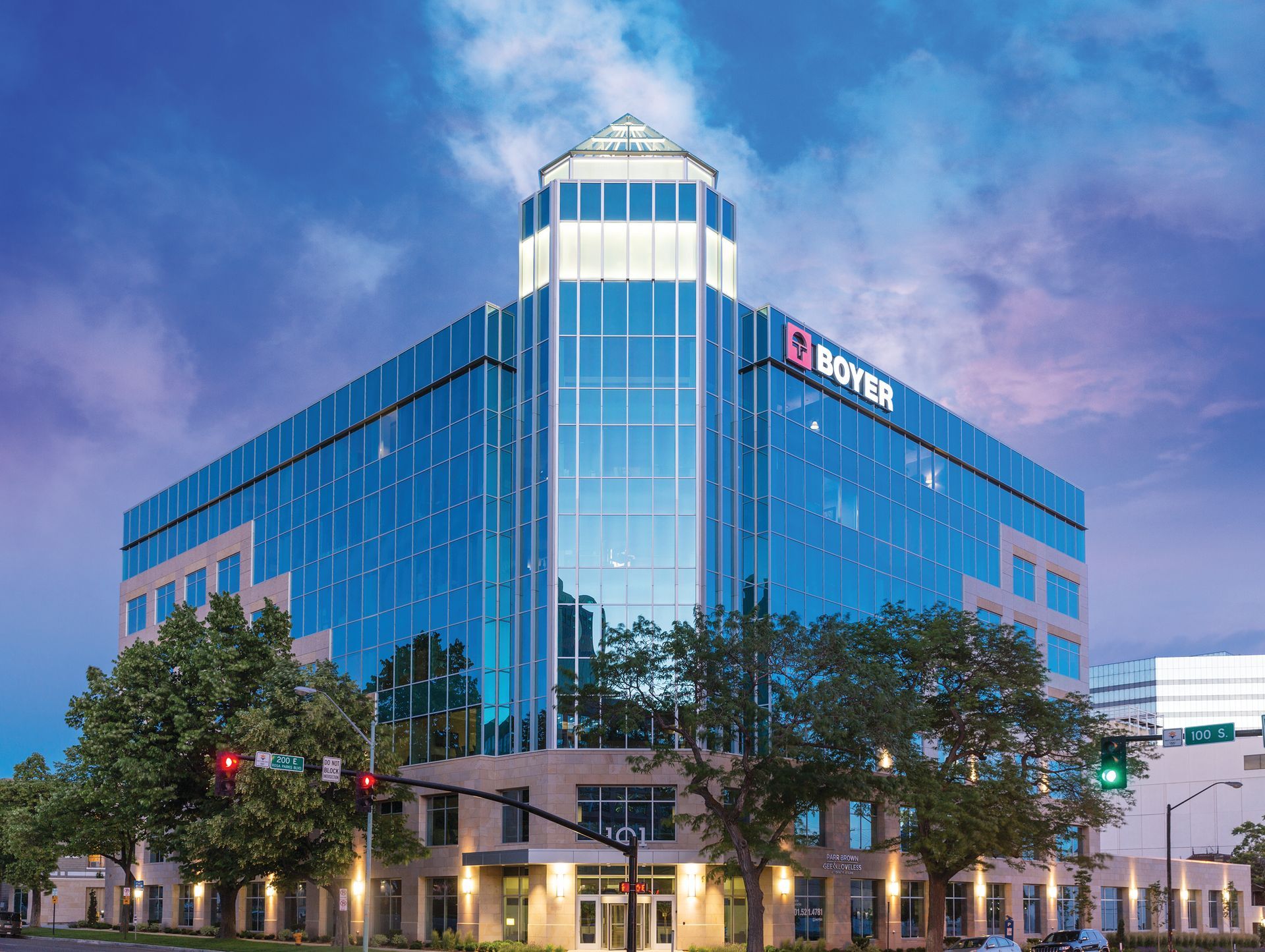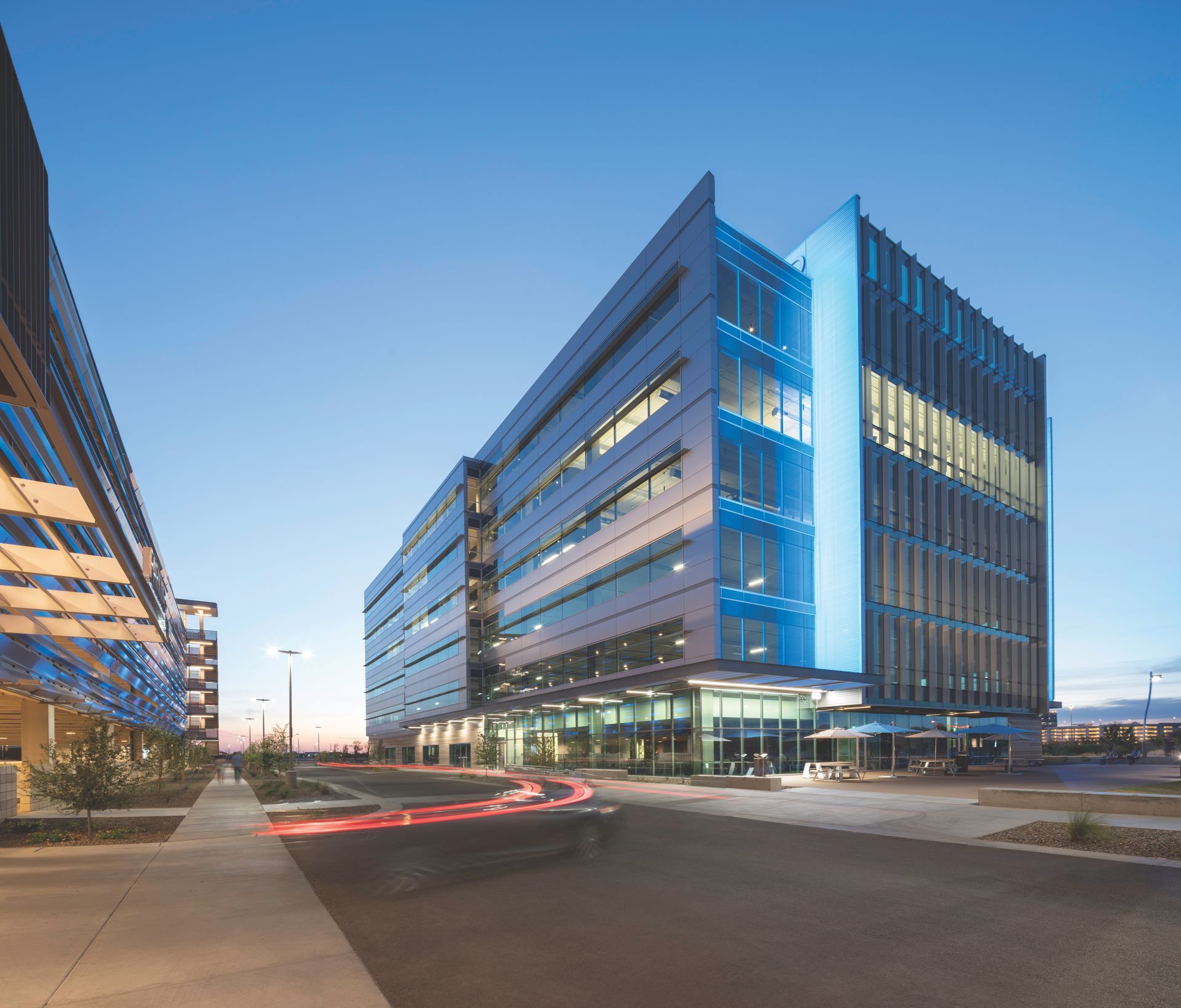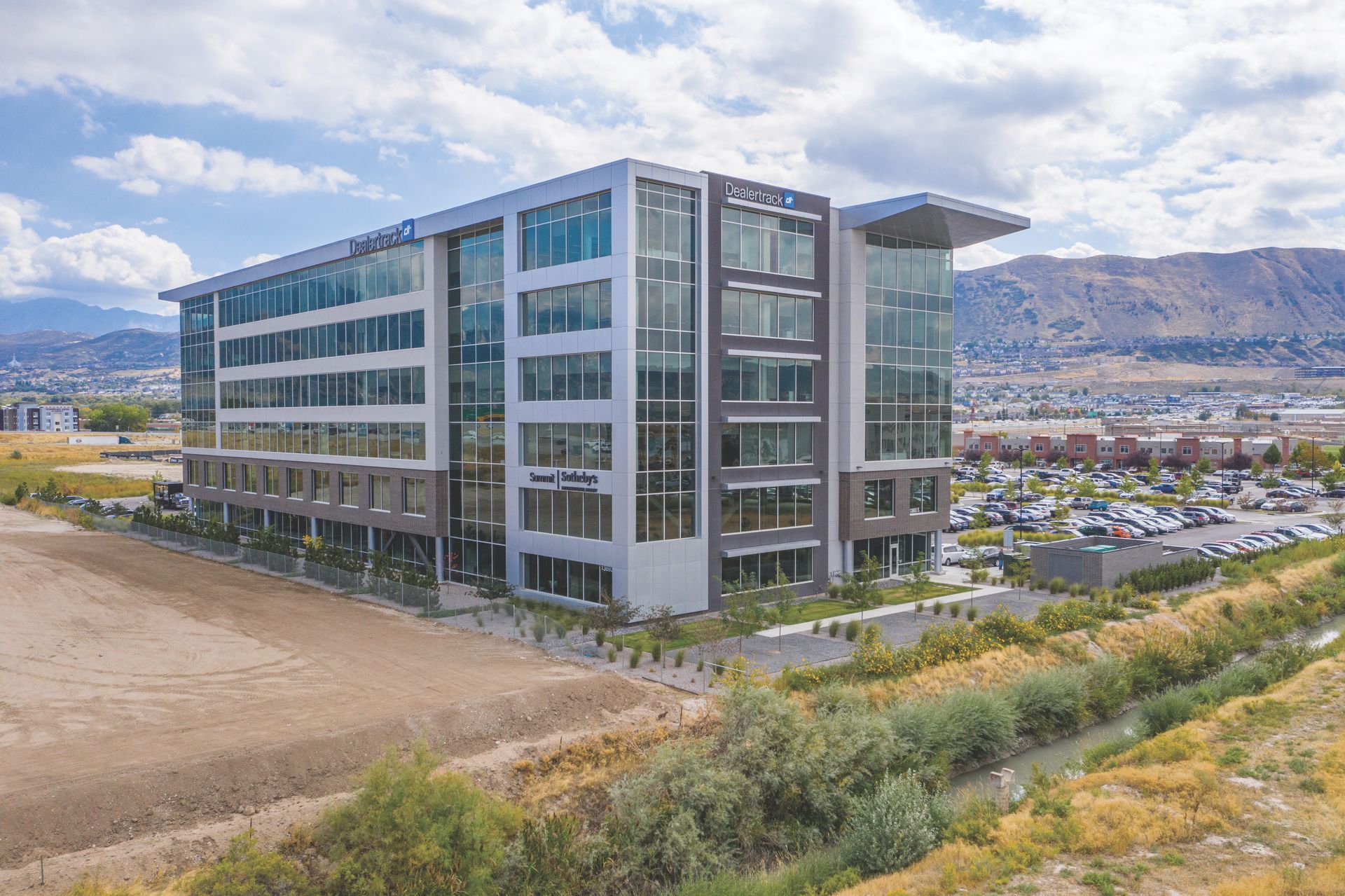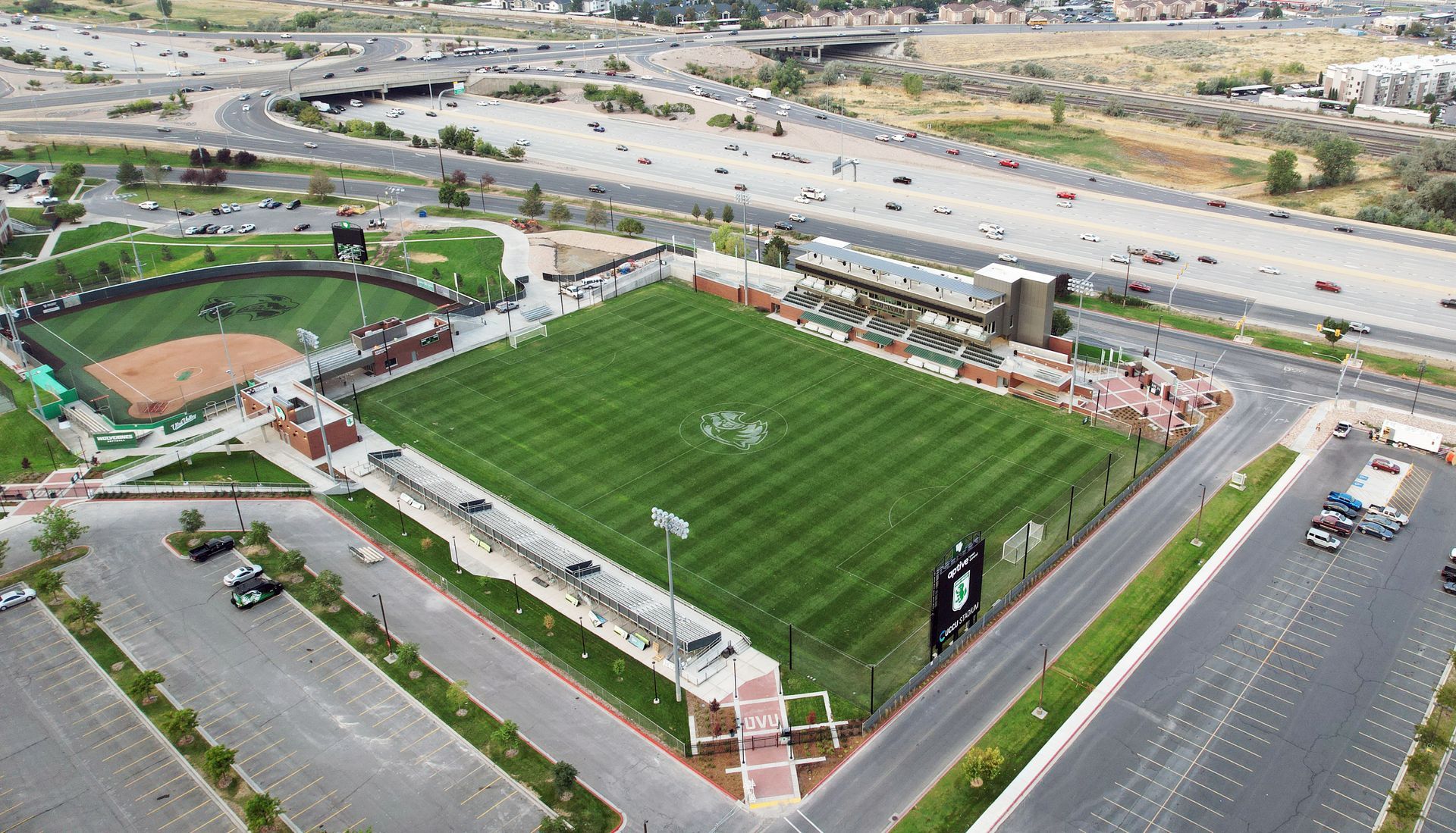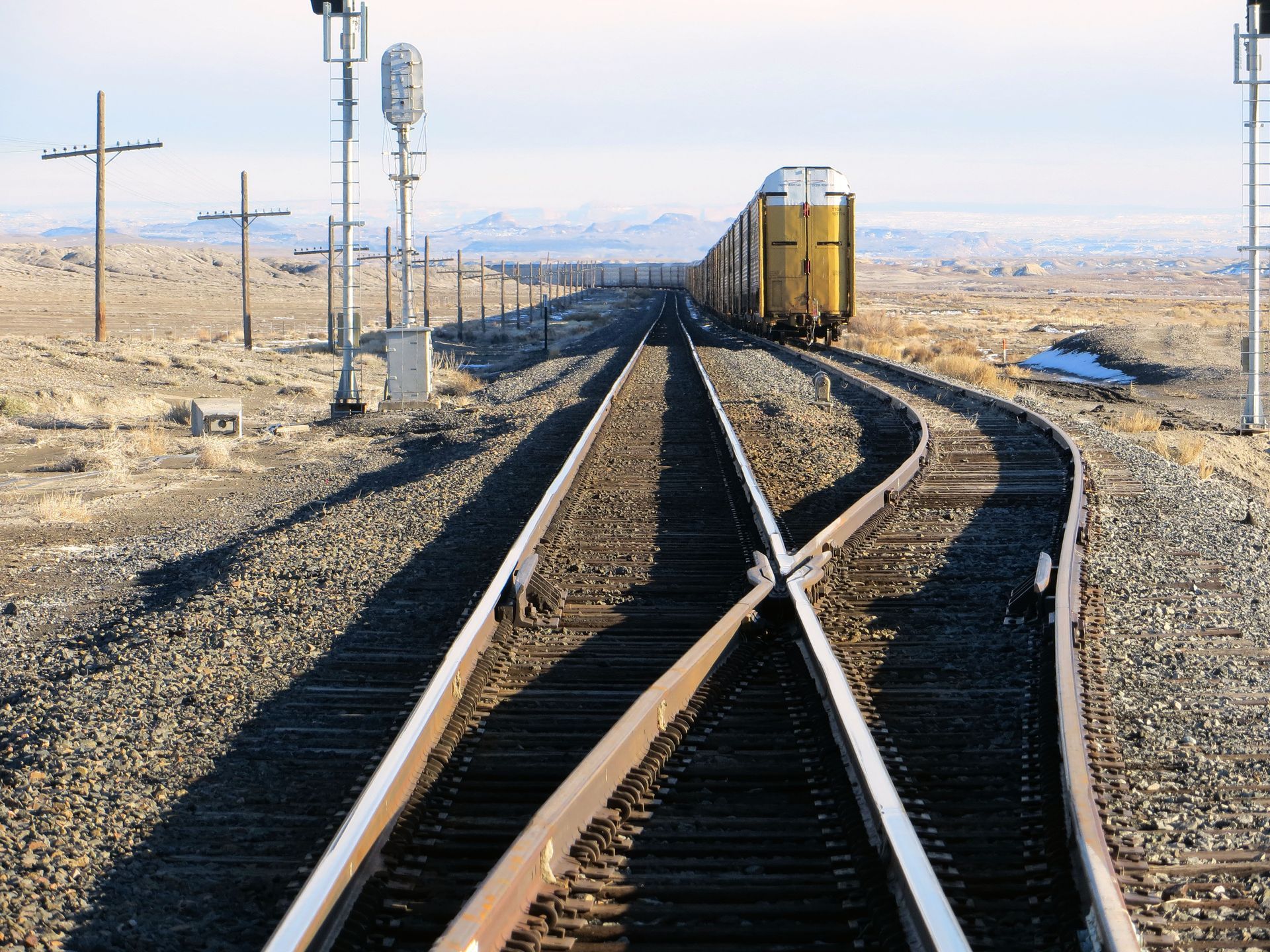Founded by Roger Boyer in 1972, sons Jake and Nate carry on the Boyer Company’s legacy of integrity and building to benefit the greater community. By Brad Fullmer
As one of the most successful commercial real estate developers in Utah’s history, Roger Boyer expressed gratitude and humility when asked what it means for his firm—The Boyer Company—to celebrate its 50th anniversary this year.
“It’s been a fun year, a humbling year,” said Roger, 82. “I think for me personally, I try to fly under the radar. It’s a quiet satisfaction that we feel like we’ve done good projects and developed a reputation for following through and having integrity. Banks have stayed with us because they can count on what we say.”
It’s been quite the journey for the octogenarian. Roger is an East High graduate (’58) who served a mission for the Church of Jesus Christ of Latter-day Saints to Australia before graduating from the University of Utah with a Bachelor of Economics (’65). He chased and earned an MBA from Harvard (’67) and quickly fell into the development world via a relationship with U of U frat brother Ellis Ivory, founder of Ivory Homes.
The pair started Ivory & Boyer Company in the spring of 1967 and were the exclusive marketing agents for a new 1,000-acre residential development in Bloomington, south of St. George. The firm merged with Johnson Land Company to become Terracor in December 1968 and they set about developing Bloomington Country Club, which included two golf courses and the construction of the Man O’ War bridge to provide access from I-15 across the Virgin River. The bridge still stands today, a symbol of both Boyer and Ivory’s ambition.
Roger remembers flying in golf pro and three-time major champion Billy Casper to hit balls as a way of promoting the new golf course development. NFL star Merlin Olsen drove a ceremonial golf cart across the bridge, too.
The development was a success, and the pair also made a splash working on sizeable developments in Herriman and Stansbury Park, but Boyer quickly realized he needed to invest in income-producing properties and lease properties that could be owned, rather than just buying and selling assets.
“Ownership seemed like a better strategy,” said Roger. “That was the focus initially of the Boyer Company. In many ways, we’re not doing anything different other than the scale of projects.”
One Utah Center in Salt Lake City (lead photo) is an iconic project developed by Boyer Company and completed in 1991. The firm has a strong portfolio of industrial projects and remains bullish about that market. Liberty Sky Apartments (above) is a high-profile multi-family joint venture project completed earlier this year (photos courtesy Boyer Company).
Diversity of Projects and Markets
The Boyer Company has a rich history of building various types of projects, including commercial office, retail, industrial, medical office, self-storage facilities, and multi-family. Jake said the firm has developed approximately 43 million SF of space totaling multi-billions in value during its 50-year history and has no intention of slowing down, with some $2 billion in projects currently in the pipeline. The firm has 185 employees working out of offices in Salt Lake, Ogden, and Phoenix.
Jake said they have ramped up their efforts in the multi-family arena in the past decade to capitalize on Utah’s booming multi-family and senior living markets. It has also invested heavily in recent years in building industrial warehouse space, highlighted by projects such as the Business Depot Ogden (BDO), a 1,118-acre master planned business park that features 14 million SF of space in the form of warehouses, manufacturing facilities, and office space.
“There were enough build-to-suit opportunities that we were able to build out (BDO) space at a slow-to-moderate pace,” said Brian Gochnour, a 22-year company veteran who serves as COO and filled in as CEO during Jake’s three-year absence. “That pace has picked up dramatically the past five years. It’s been a great partnership with Ogden City.”
Jake said it’s the largest industrial park in Utah, with 1 million SF added last year and another 1 million SF under construction or soon-to-be completed in 2022. The firm has other major industrial projects underway in Grantsville, Spanish Fork, and a one-million-SF building in West Jordan—its largest project currently underway.
Industrial warehouse space has been an important focus for the Boyer team. Nate said the market, despite a large influx of new industrial projects since 2010, “is still undersupplied, with less than 2% vacancy rates. We see continued growth going forward, even as interest rates go up. We think demand will outpace supply.”
Commercial office is perhaps the trickiest market to figure out right now, Jake said, due primarily to post-pandemic corporate office policies that have given rise to more employees working remotely or on hybrid schedules.
“It’s all over the board—companies have different policies on work from home versus work from the office,” he said. “Office is not the most favored in the financing world right now. We’re not building [speculative] space.”
“Office [demand] is 20%–30% down because of the hybrid workforce,” added Nate. “I think a lot of tech CEOs want their folks in the office for productivity reasons. The hope is the market will catch up and we can get back to a more normal vacancy rate by 2024–2025. No one really knows what demand will look like.”
Another prominent change in the past decade is the sheer number of outside developers looking to make hay while the sun shines on Utah’s red-hot economy.
“When I started at the Boyer Company [2000], Utah wasn’t on the radar [nationally] as much as it is now,” said Gochnour. “With more developers coming into our market, we’re having to refine our approach to the continuing needs of our customers.” They’ve been through a number of economic cycles—some good and some tough, but “the great thing about the Boyer Company is that we’ll be able to weather any economic cycle we’re faced with,” Gochnour concluded.
“The total dollar amount of deals has changed considerably—both [up-front] costs and the amount of outside capital coming to Utah,” added Nate. “The fundamentals of the business are still the same, but it’s crazy to see the amount of capital flowing into Salt Lake. It’s been great. At the end of the day, our business is scalable.”
The company continues to develop projects in multiple states simultaneously, with active projects in ten states, including Utah, Arizona, Idaho, Hawaii, Colorado, South Carolina, Texas, Arkansas, and Massachusetts.
Boyer Company spent significant time and resources developing The Gateway, a $375 million, 2.1 million SF open-air, mixed-use complex to coincide with the 2002 Salt Lake Olympic games. The firm has built dozens of prominent commercial office projects over its 50-year history, including Podium building in Lehi; Boyer 101 in Salt Lake (site of the firm’s HQ); and the DealerTrack office building in Draper.
Next 50 Years
Hitting the 50-year mark is certainly a notable achievement, but not one that affords the company time to take its foot off the accelerator.
“We’re going to keep plowing forward—we haven’t sat around and patted ourselves on the back—but 50 years is definitely a milestone we’re happy about and grateful we were able to get there,” said Jake. “We hope to be around for a long time.”
Nate also appreciates the significance of half a century but believes the firm’s best days are ahead.
“Bigger isn’t always better,” he said of the firm’s future outlook. “We don’t have big ambitions to grow from a headcount standpoint. We want to continue to do great projects and to maintain our reputation in the market, where people know we’re trustworthy and good partners and that we do what we say we’re going to do. It’s not that complicated.”
“I’m excited about our next 50 years,” Nate continued. “Real estate isn’t going to change but there are so many new ways to finance projects. We’re in a better position than we’ve ever been financially. I think we’ll do some of our coolest projects going forward.”
Roger still loves coming to the office and engaging in project discussions. His opinions are invaluable; his presence calming.
“We have a great system—he has an office here, he can come in as much as he wants—ultimate flexibility,” Jake smiled. He and Nate don’t want to burden Boyer with the mundane, day-to-day aspects of the business, however, “We’d be dumb to not tap into his knowledge. When we’re making large capital decisions about moving forward on certain projects, we like to get his input. He enjoys the thrill of the deal.”
Roger has been a member of ARUP’s board of directors for 34 years and also is actively engaged in a program with local universities to provide scholarships to refugees and disadvantaged youth and help them get into careers.
Roger was wistful when asked about having Jake and Nate carry on the Boyer family as his own career has wound down the past decade.
“It’s an emotional question—there is no higher honor for a man than to have some of his closest friends be his own children,” said Roger. “We work hard together, but we have a lot of fun together. It’s an honor, and it’s what keeps me coming back at this stage.”
“The other day he turned to us and said, ‘You’re not going anywhere anytime soon,’” laughed Nate. “Jake and I will be around for a while. We don’t know the [succession] plan—at this point we are just planning to be here because we love what we do, to be honest. You wake up Monday and it’s fun to go to work.”
